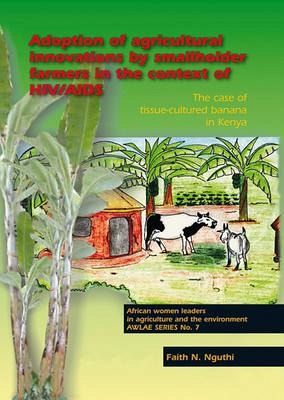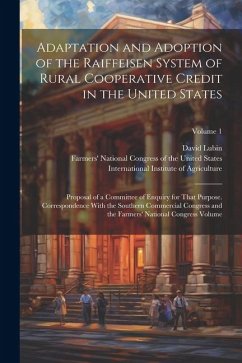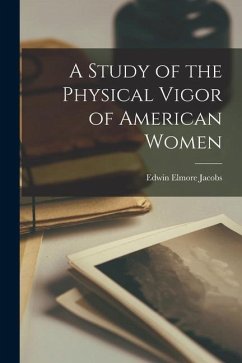
Adoption of agricultural innovations by smallholder farmers in the context of HIV/AIDS
Versandkostenfrei!
Versandfertig in über 4 Wochen
73,99 €
inkl. MwSt.

PAYBACK Punkte
37 °P sammeln!
Using tissue-cultured technology is a potentially important way for smallholder banana farmers to improve their yields and income. In the situation of the impoverishing effects of high HIV/AIDS-prevalence in a rural banana-farming community, this applies even more. The research documented in this book examines the balance between required inputs and potential benefits of applying the tissue-cultured technology among HIV/AIDS-affected and non-affected households in Maragua district, Central Kenya, using a livelihood approach. The results show that adoption of the technology and its continued us...
Using tissue-cultured technology is a potentially important way for smallholder banana farmers to improve their yields and income. In the situation of the impoverishing effects of high HIV/AIDS-prevalence in a rural banana-farming community, this applies even more. The research documented in this book examines the balance between required inputs and potential benefits of applying the tissue-cultured technology among HIV/AIDS-affected and non-affected households in Maragua district, Central Kenya, using a livelihood approach. The results show that adoption of the technology and its continued use differs according to the resources endowment of the farming households. Lack of financial and physical capital, notably a water tank, inhibits adoption, irrespective of HIV/AIDS-status. However, households headed by elderly females dominate among the poor households and the HIV/AIDS-affected households. This illustrates how HIV/AIDS interfaces with poverty and, thereby, indirectly with the feasibility of sustainable technology adoption. The research also shows that livelihood decisions and strategies of farming households are influenced by land tenure status (having title deeds or not) and labour constraints at the household level. The latter arise as a consequence of HIV/AIDS-related morbidity and mortality.












